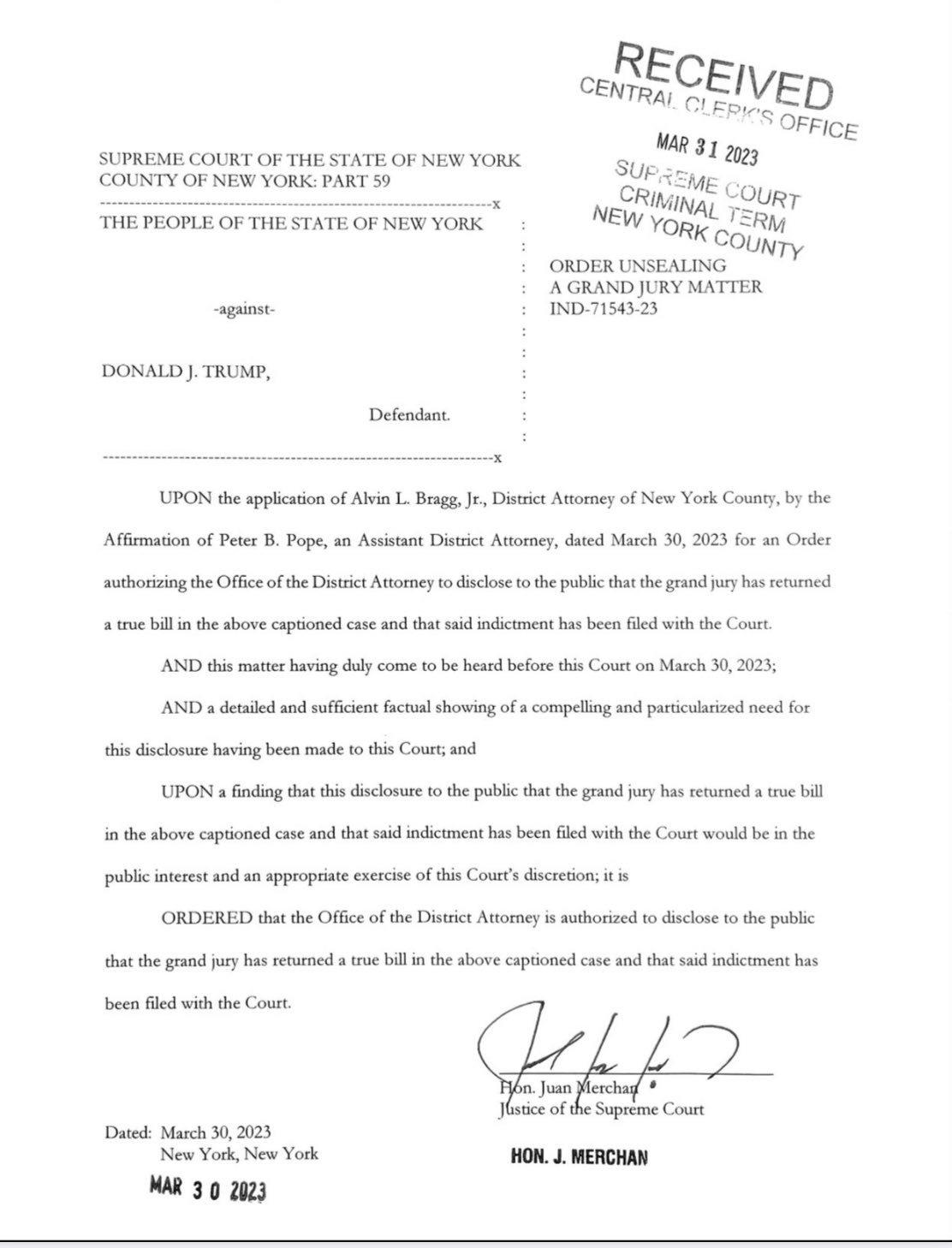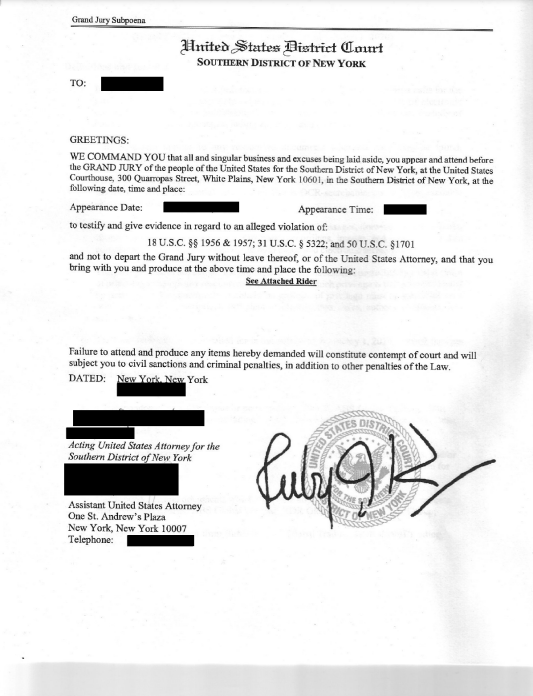Grand Jury Proceedings: Understanding Indictments and Dismissals
Delving into the Grand Jury Process
The grand jury plays a crucial role in the criminal justice system, determining whether there is sufficient evidence to proceed with criminal charges against an individual. Understanding the process and outcomes of a grand jury is essential for navigating the legal system.
Evidence Evaluation and Decisions
A grand jury is composed of a group of citizens who review evidence presented by the prosecution and decide whether there is probable cause to believe that a crime was committed. If the grand jury finds that there is not enough evidence, the case is dismissed, and no charges are brought.
However, if the grand jury determines that there is indeed sufficient evidence, they can issue an indictment. An indictment is a formal accusation that alleges that the accused person committed a specific crime. The accused person is then required to stand trial to defend themselves against the charges.
Grand Jury Options
According to the New York Criminal Procedure Law (Article 190), a grand jury generally has three options:
- Motion to Dismiss: The grand jury may vote to dismiss the case if they find there is insufficient evidence to proceed with charges.
- Indictment: The grand jury can issue an indictment, formally accusing the individual of a crime.
- Other Orders: The grand jury may also issue other orders, such as requesting additional evidence or directing the prosecution to investigate further.
Conclusion
The grand jury process is a critical step in the criminal justice system. It ensures that individuals are not charged with crimes without sufficient evidence. Understanding the role and decisions of a grand jury is fundamental for both law enforcement and the protection of individual rights.


Komentar